- Each team member was familiar with asynchronous request processing, GraphQL design and implementation, and a common understanding of the integration journey.
- Qaiware provided two fully staffed teams and a Delivery Manager to organise the software delivery.



